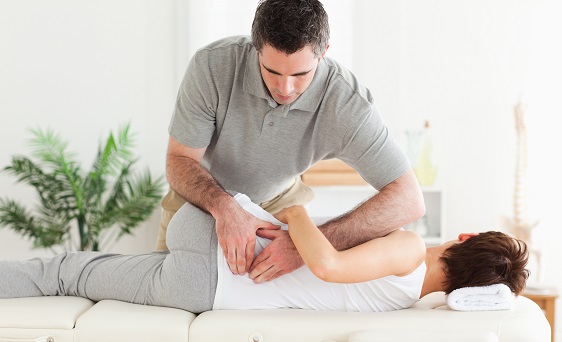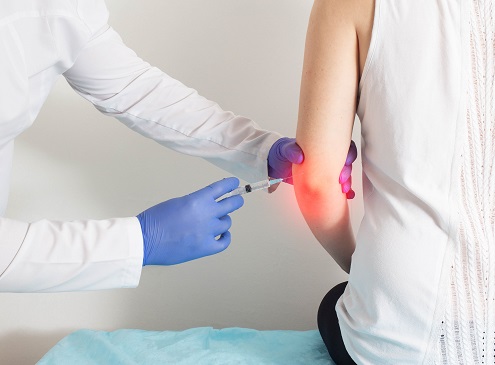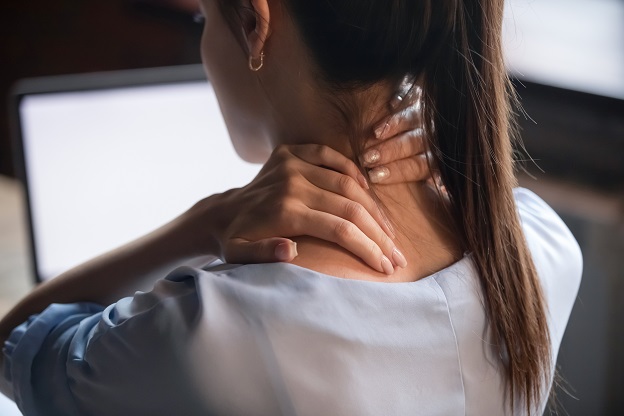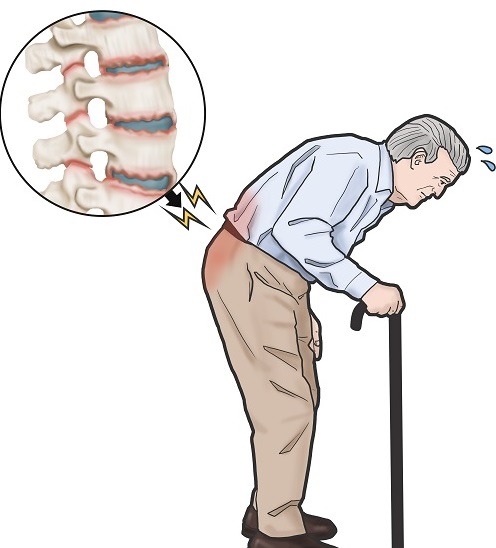Low back pain is one of the most common causes of pain in our daily life. Low back pain is not a disease, but a symptom. Approximately 80% of people experience low back pain at least once in their lifetime. The daily and work lives of patients with severe or long-term low back pain can be negatively affected and their quality of life can be significantly impaired.
Who has low back pain?
It is possible to see low back pain in all age groups. Low back pain is more common in those who have a sedentary work and lifestyle, those who work in a fixed office environment for a long time, those who work in jobs that require heavy lifting, overweight individuals, unconscious sportsmen, those who have mis-sitting and posture disorders, and those who drive long-term cars. The more these risk factors are in a person's daily life, the higher the risk of that person complaining of low back pain.
What are the causes of low back pain?
The causes of low back pain can be summarized under two headings: 1) Mechanically induced lower back pain, 2) Lower back pain caused by inflammation (Rheumatism). Mechanical low back pain is mostly pain that occurs during movement or as a result of activities that cause the lower back area to be forced, decreased by rest. The most common cause of mechanical lower back pain is muscle-based disorders. As a result of a heavy lifting or sudden loads in the waist area, there is a strain on the muscles in the waist area. Muscle-induced lower back pain can usually pass spontaneously with rest, and sometimes medication may be needed. Apart from muscle-based lower back pain, mechanical lower back pain is seen in diseases such as hernia, calcification of the waist, loss of the waist, congenital spinal anomalies (such as waist openness, excess or missing vertebrae presence) and bone loss in the waist. A very small percentage of lower back pain may be due to inflammatory rheumatic diseases (Ankylosing Spondylitis). In patients with rheumatism-induced low back pain, the pain is pronounced when they get out of bed in the morning and tends to decrease with movement and activity during the day. In this group of patients, accompanying morning arrest is observed. When the patient is leaning forward while wearing his socks and washing his face, they feel stewed in the waist. Again, night pain is one of the symptoms that we encounter frequently in this patient group. In addition to these diseases, some infectious diseases, organ disorders in the abdomen and some tumors may also be the cause of low back pain.
Does low back pain require further examination and treatment?
If it does not pass with simple painkillers, if the pain severity progresses over time, if there are signs of nerve pressure accompanying lower back pain (findings such as numbness in the leg, weakness, sensation defect, incontinence), if the lower back pain occurs especially at night or if the pain associated with the stiffness in the morning movements relaxes during the day with the movement, if there is an accompanying fever and weight loss, further examination and treatment is required if there is a history of significant sensitivity and trauma to the waist area. Today, there are imaging methods such as computed tomography (CT) or magnetic resonance (MRI) that can view the waist region in detail.
How to treat low back pain?
The majority of patients with low back pain can recover with non-surgical treatment methods called conservative treatment (drug therapy, physical therapy and exercise, local or regional injections). Regardless of the cause of low back pain, it is possible to reduce or pass this pain. After determining the causes of low back pain, learning how to use the waist in daily life, apart from the interventions for the cause, constitutes the most important element of treatment and forward protection. Painkillers and muscle relaxants are used during the acute period when the pain is severe. Restricting movement and resting for a long time due to pain can cause prolonged pain. Therefore, bed rest that exceeds a few days is not recommended except for serious problems such as spinal fractures or nerve pressure, and it is preferable for patients to return to active life as soon as possible.
While low back pain can be cured with a simple treatment, there are patients who have had surgery as a result of unintended procedures and, worse, are paralyzed. The correct diagnosis is very important in order to be able to treat the best way, without making the lower back pain that can be passed with a simple treatment complicated. For this purpose, it is very important for the patient with low back pain to consult the relevant specialist.






